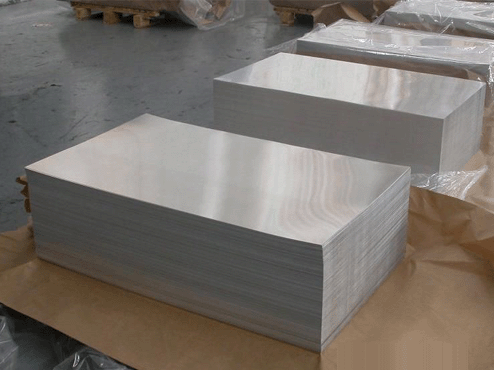When it comes to Aluminium 1100 and Aluminium 5052, how do you decide which one suits your needs best? Is Aluminium 5052’s notable strength superiority a game-changer, or does the ease of welding and corrosion resistance of Aluminium 1100 make it a standout? Let’s explore these alloys to understand which one takes the lead in various aspects.

Aluminium 1100 and Aluminium 5052 belong to different alloy series, each with distinct characteristics suitable for various applications. Aluminium 1100 is part of the commercially pure wrought family, known for its excellent corrosion resistance and high formability. On the other hand, Aluminium 5052 is from the 5xxx series, recognized for its strength and outstanding fatigue resistance.
Aluminium 1100 boasts a minimum aluminum content of 99%, making it highly resistant to corrosion. Its soft and ductile nature allows for intricate forming and welding. This alloy finds its niche in products where strength isn’t the primary concern but corrosion resistance and formability are crucial.
Contrastingly, Aluminium 5052 contains approximately 95% aluminum and 2.5% magnesium, enhancing its strength and making it suitable for structural applications. It’s also highly resistant to corrosion in various environments, adding to its versatility.
When it comes to strength, Aluminium 5052 takes the lead due to its alloying elements, offering a significant advantage in applications where mechanical properties are vital. However, Aluminium 1100 has the upper hand in industries requiring excellent workability and resistance to atmospheric corrosion.
In summary, your choice between Aluminium 1100 and Aluminium 5052 depends on the specific demands of your project. Are you prioritizing strength (Aluminium 5052), or does the ease of fabrication and corrosion resistance (Aluminium 1100) align better with your project requirements? Your decision should align with what matters most for your particular application.
